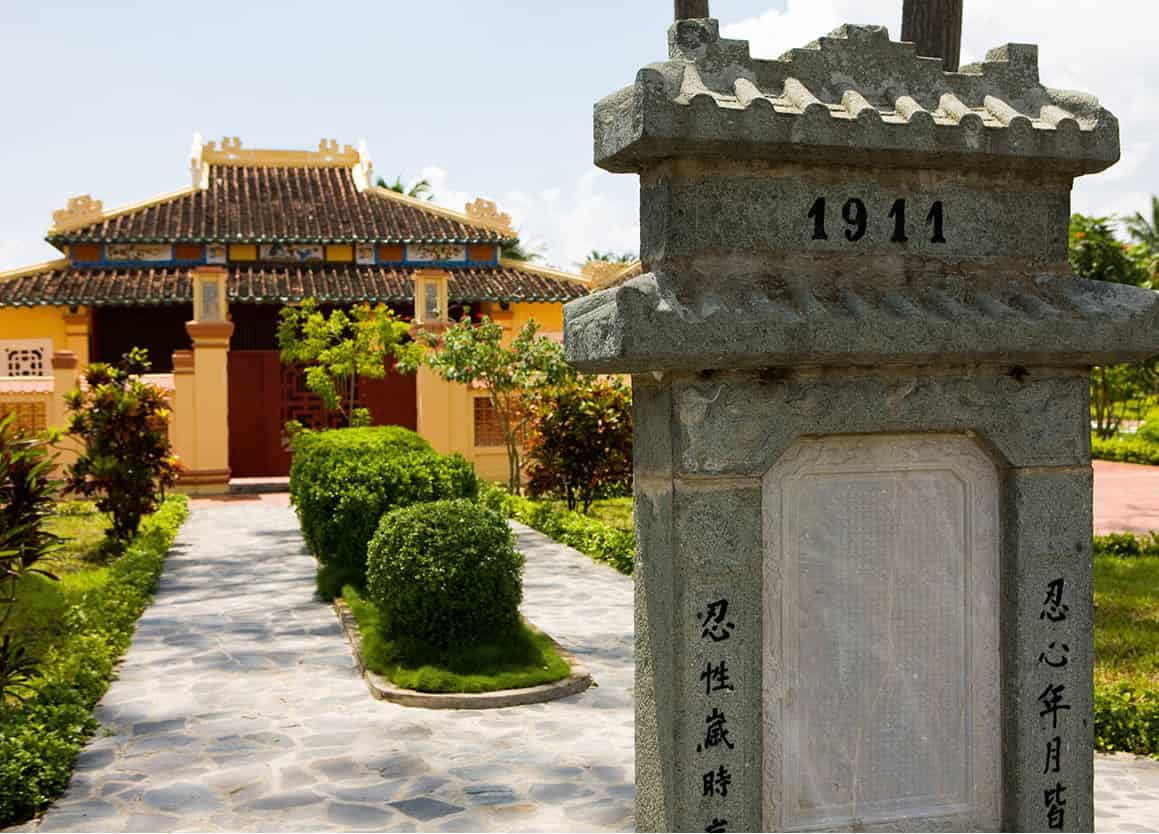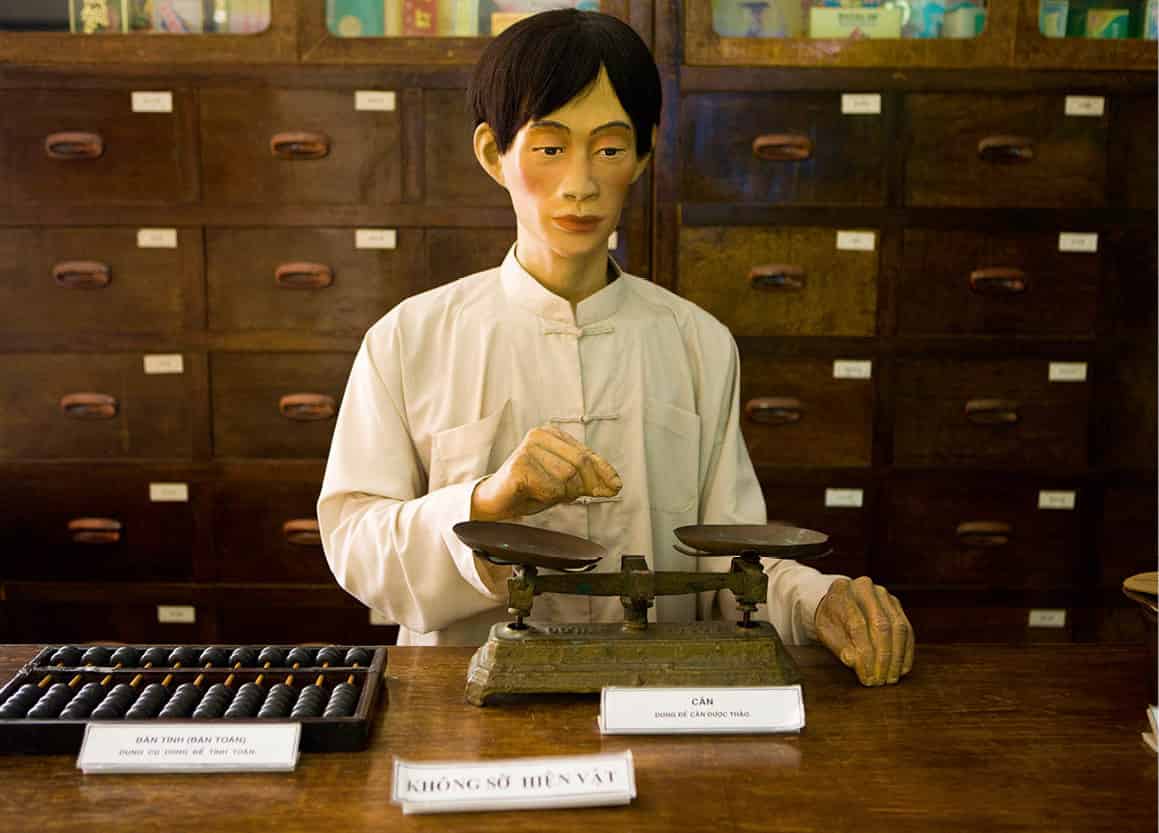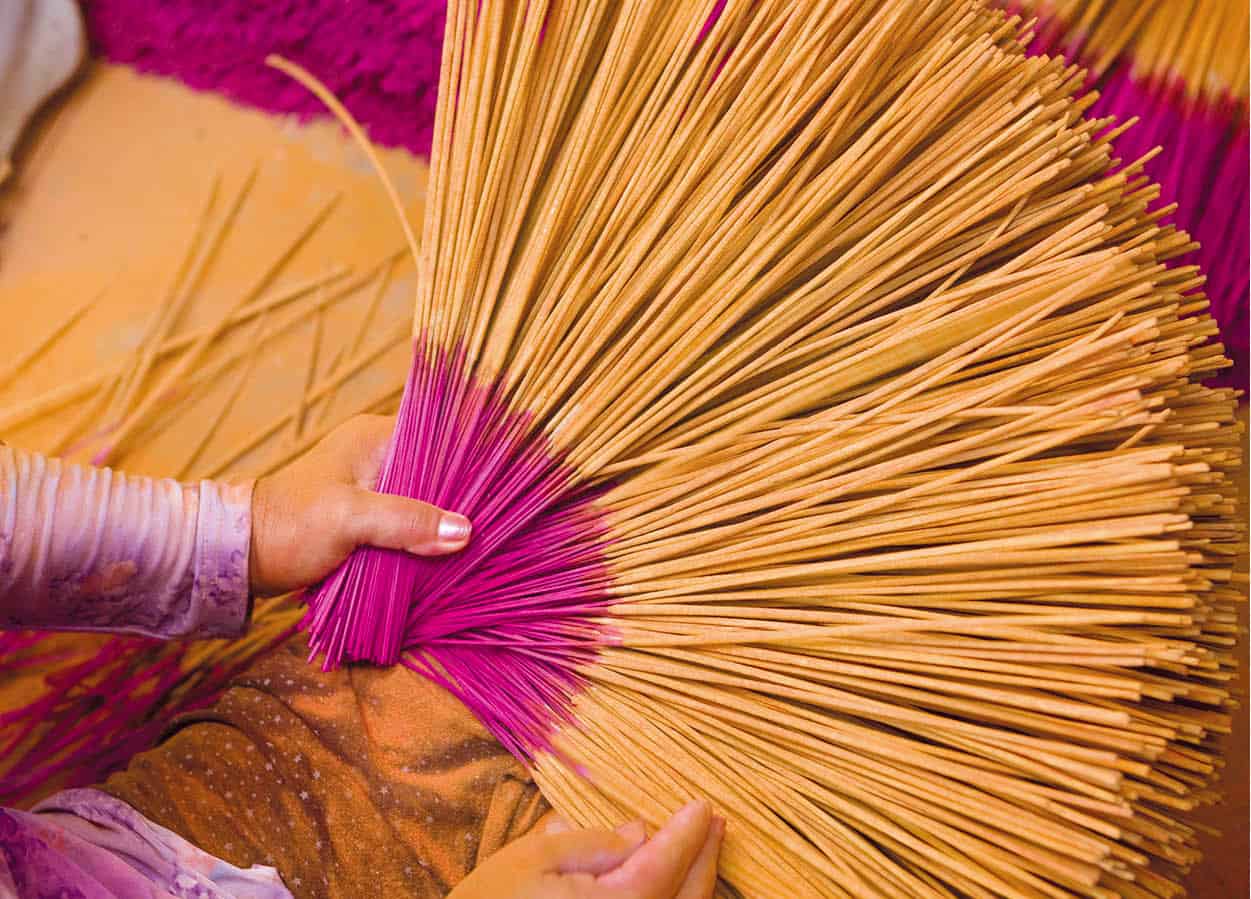DISTANCE: Day 1: 140km (87 miles); Day 2: 246km (153 miles)
TIME: 3 days
START/END: Ho Chi Minh City
POINTS TO NOTE: Hire a car or motorcycle from the backpacker area in Ho Chi Minh City around De Tham and Pham Ngu Lao streets. Alternatively, a country bus ticket can be purchased at the bus station at the northern terminus of Pham Ngu Lao Street, in front of Ben Thanh Market. Plan to leave Ho Chi Minh City in the afternoon for the 138km (86-mile), three-hour journey, so that you arrive in Vinh Long in time to catch the sunset. For accommodation choices, see the Directory, click here. There are many viable options for routes between HCMC and the cities in this tour, so be sure to bring a map. This tour is suitable for the whole family and is more about soaking up the landscape and ambience than visiting landmarks.
The Mekong River flows over 4,500km (2,800 miles) from the frozen wastes of Tibet through China, Laos, Cambodia and finally Vietnam before emptying into the sea. The nine provinces of the Delta area, beginning at Tan An, 40km (25 miles) from HCMC, are known as Cuu Long, or Nine Dragons, in reference to the nine tributaries of the Mekong. The number 9 is considered lucky in Vietnamese geomancy, and the Mekong Delta has certainly been lucky for its inhabitants. Silt from the Himalayan Plateau has made this area Vietnam’s rice bowl. The delta is prone to extensive flooding, sometimes with serious consequences. During the rainy season months of May to November, some roads are impassable.

Van Thanh Mieu temple in Vinh Long
Peter Stuckings/Apa Publications
The Mekong Delta once belonged exclusively to the Khmers. The ancient archaeological site of Oc Eo, located in An Giang Province, was an important port city of the pre-Angkorian Funan Empire. Vietnam, however, downplays this history due to ethnic and political tensions.
Besides the Khmers and Chinese (or Hoa), the Cham are the other common minority in the Mekong. Cham Bani practise an ancient form of Islam blended with indigenous traditions of their cousins, the Cham Balamon of Binh Thuan and Ninh Thuan Province. Cham Islam is more recent, with influence from communities in Malaysia, Indonesia and the Middle East.

Cai Rang floating market near Can Tho
Peter Stuckings/Apa Publications
Vinh Long
Vinh Long 1 [map] is 34km (21 miles) from the municipality of Can Tho, the region’s economic centre, and 70km (43 miles) from industrial My Tho. This provincial capital (the province is also named Vinh Long) sprawls along the southern shore of the Tien Giang, or Upper Mekong River. Although a city, Vinh Long is typical of this region: small, friendly and without a bustling centre. There are a few architectural remnants from French colonial times, a market and a handful of hotels, but, as with this entire region, the main action is on and around the river.
In Vinh Long, secure a boat, either for the next day or to take you to your guesthouse on Binh Hoa Phuoc Island, if you have booked a homestay. For the latter, contact Cuu Long Tourist (tel: 070-382 3616; www.cuulongtourist.com), located on the ground floor of Cuu Long B Hotel at Number 1, 1 Thang 5 Street. Boats from Cuu Long Tourist are fairly expensive, but its English-speaking guides are well informed and can explain some of the area’s mysteries to you. Alternatively, go to the An Binh Boat Station and negotiate.
Then settle back and enjoy the sunset over the Tien Giang River from the Phuong Thuy Restaurant, see 1, located just across from the Cuu Long B Hotel.
Cai Be Floating Market
The next morning, meet your boatman for the three-hour return ride to Cai Be Floating Market 2 [map] (daily 5am–5pm). This is a good place to eat breakfast or to buy a picnic lunch. Fresh produce, hand-woven baskets, palm sugar, buffalo horn and coconut utensils and a myriad of other goods are all on offer.
As you leave the dock, you will see people all along the riverbank tending to their household chores or washing (women bathe with all their clothes on) and children playing in the water. Many families have small sampans. Look out for the ones with great eyes painted red and black on their prows: these are ocean-going vessels, painted so they can see their way safely to the sea. You will see rice barges filled with seasonal, tropical fruits such as bananas, mangosteens and Java apples. Rice, fish and flowers are also traded from boats at the floating market. Along the shoreline, fish traps spear the water.

Trader at Cai Rang market
Peter Stuckings/Apa Publications
Binh Toa Phuoc Island
Head for Nguyen Thanh Giao’s (Ong Giao) House in Binh Hoa Phuoc 3 [map], east of Vinh Long. The garden, filled with numerous bonsai trees, is an idyllic spot for a rest in a hammock with a book, and it is even better for lunch.
Study your map for other gardens and orchards to visit on An Binh and Binh Hoa Phuoc islands (or ask the boatman to recommend some). This is where a guide will help if you are interested in seeing how tropical fruits are grown. Rambutans, longans – the most important fruit in this area – mangoes and pineapples all produce abundant crops in the Mekong Delta’s rich soil.
Elephant ear fish (ca tai tuong), the local speciality, is as large as a soup plate and delicately flavoured. Sample some while you are on the island, wrapped in rice paper with salad, then dipped in a sauce.
Bridges and ferries
After a 2.5-hour drive from HCMC, you’ll reach a suspension bridge just before Vinh Long. Previously the water was dotted with ferries. These huge clanking rafts carried everything from the school bus to street vendors and weather-beaten farmers. Only Ben Tre Province, Chau Doc City and a few minor roads are served by these lumbering machines today. The crossings are only a few minutes and will throw anyone enraptured by the French film The Lover into a romantic reverie.
Ferries have always been an essential part of life in the Mekong, which is prone to seasonal flooding. Some roads and many villages are inaccessible by road in the rainy season. They range from large wooden canoes with motors, which may carry people, livestock, merchant goods and motorbikes or farm equipment, to massive barges transporting cars, buses and trucks.
Can Tho
In the evening travel 45 minutes’ drive and 34km (21 miles) southwest of Vinh Long to the major ferry centre of Can Tho 4 [map], the largest town and effective capital of the Mekong Delta. Here the presence of Vietnam’s substantial Khmer Krom community begins to make itself felt. Munirangsyaram Pagoda at 36 Hoa Binh Street, for example, is a Therevada Buddhist temple very similar to those in Cambodia; minus the Bodhisattvas and Taoist spirits found in Vietnamese Mahayana temples.
Can Tho is a good place to stay overnight, as the accommodation available is the best in the delta, and good restaurants are aplenty. For food, head to Nam Bo, see 2, at 50 Hai Ba Trung along the waterfront, for seafood in comfortable surrounds.

Exhibit at Can Tho Museum
Peter Stuckings/Apa Publications
Floating markets
It’s a good idea to rise early and take a boat trip to see one of the local floating markets; but note that business slows down by 8.30am. There are two worthwhile floating markets near Can Tho: Cai Rang is about 5km (3 miles) southeast of the city centre, while Phong Dien lies about 20km (12 miles) to the southwest. If you’re feeling energetic, Phong Dien is the better bet as it is less crowded.
After your watery shopping adventure, return to Can Tho for a leisurely lunch at Spices, see 3, in the Victoria Can Tho Hotel, and enjoy the river views. Don’t stay too late, as it takes around three hours to drive back to Ho Chi Minh City.

Making incense
Peter Stuckings/Apa Publications
Food and drink
1 Phuong Thuy Restaurant
1, 1 Thang 5; tel: 070-382 4786; daily B, L & D; $$$
Phuong Thuy is a traditional Vietnamese restaurant offering great views of the Tien Giang River. The staff are friendly and helpful, even if their English isn’t spot-on. Happily, it has an English-language menu and offers favourites like spring rolls (cha gio), fresh seafood, stir-fried noodles, fried rice, and caramelised pork in a clay pot.
2 Nam Bo
50 Hai Ba Trung; tel: 0710-382 3908; daily B, L & D; $$$
Nam Bo is set in a lovely French colonial villa along the waterfront and surrounded by gardens. Seating is indoors or on the upstairs terrace. The menu includes traditional Vietnamese and seafood as well as Western standards like pizza, soups, salads, sandwiches and pasta.
3 Spices
Victoria Can Tho Hotel, Cai Khe Ward; tel: 0710-381 0111; daily B, L & D; $$$$
Seating at the featured restaurant of the Victoria Hotel is indoors or outside on the riverside terrace. The menu includes traditional Vietnamese and seafood, fine French, Italian and an American-style buffet. The restaurant is elegantly decorated in a Mekong theme, and service is excellent.
